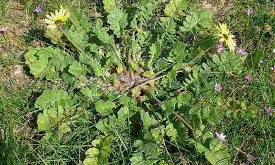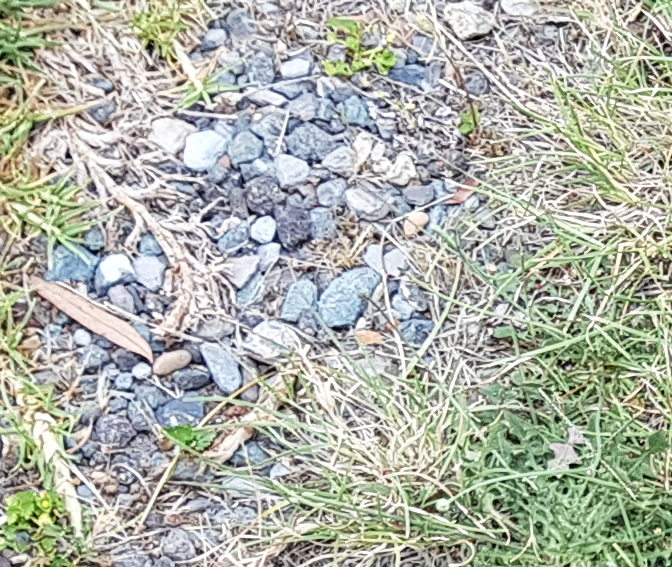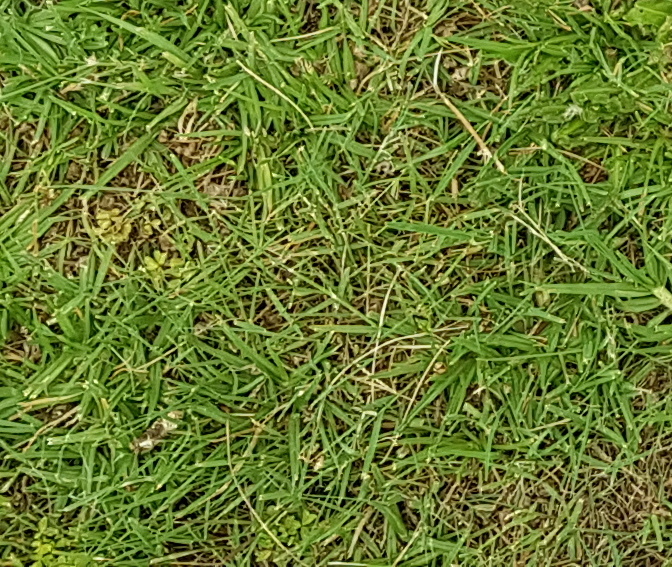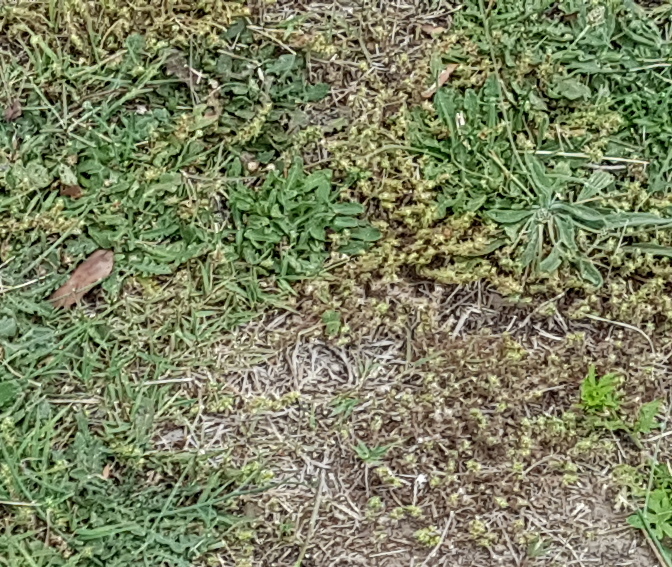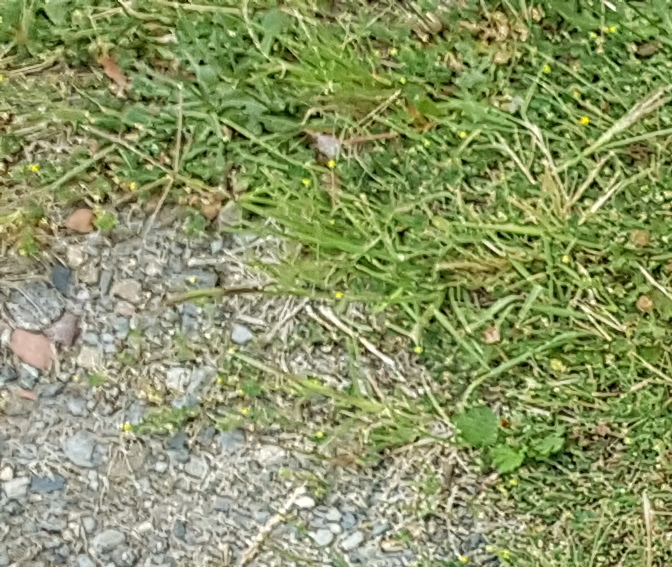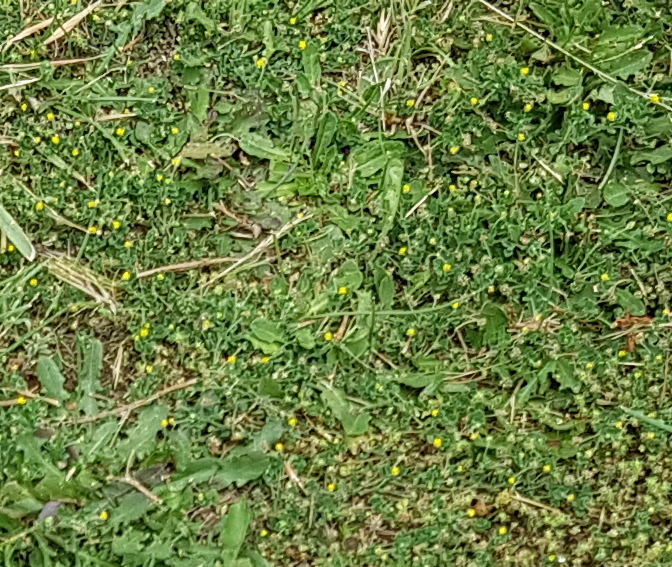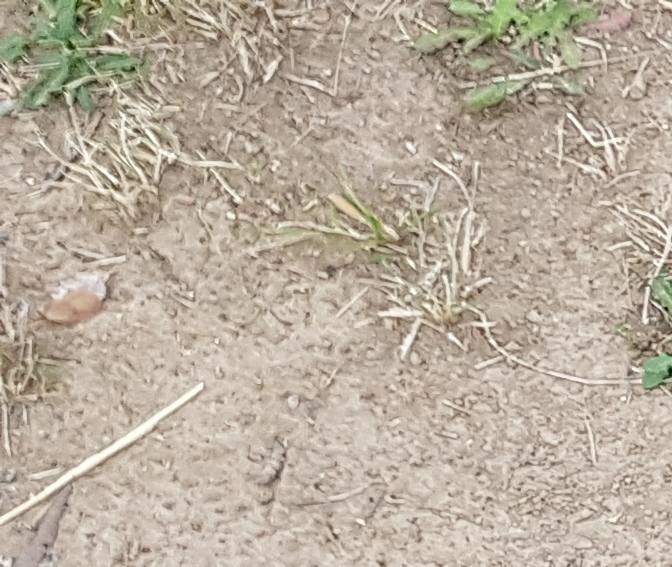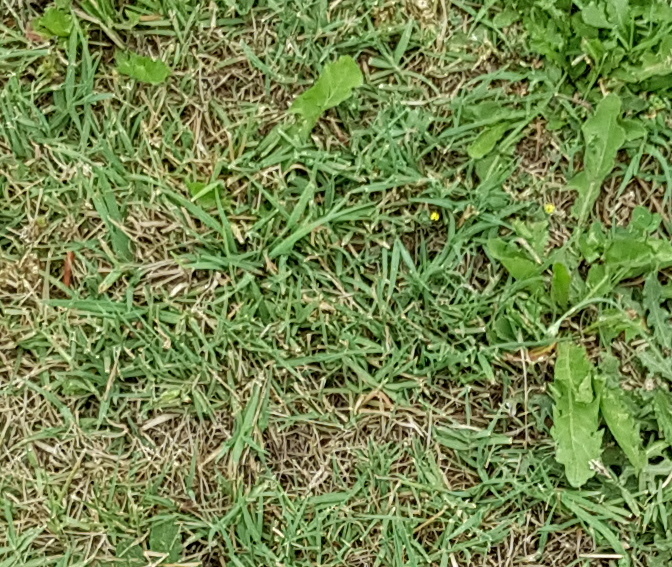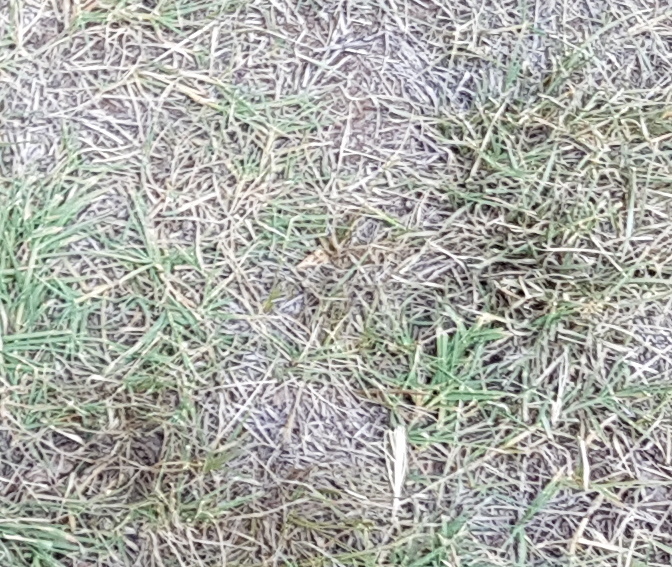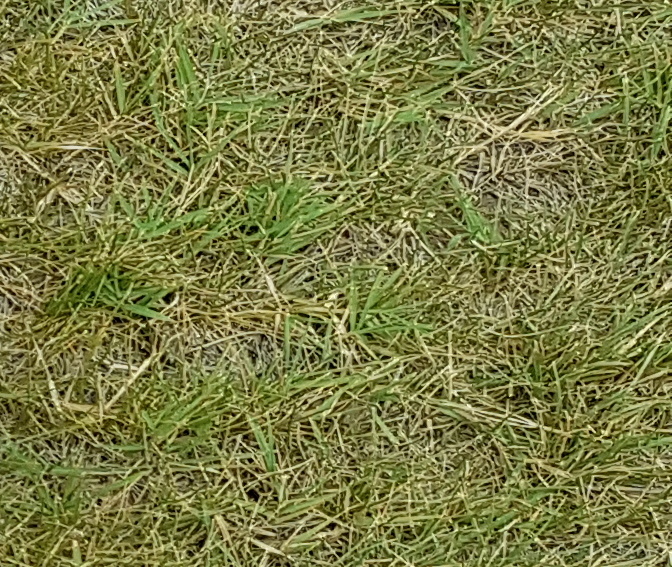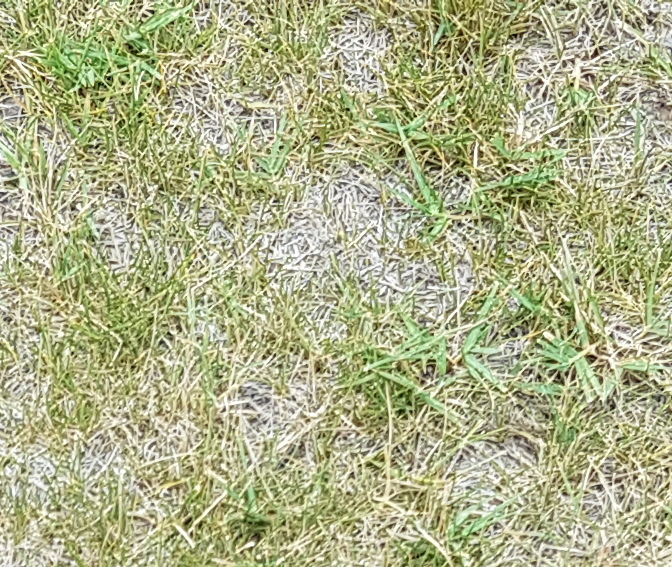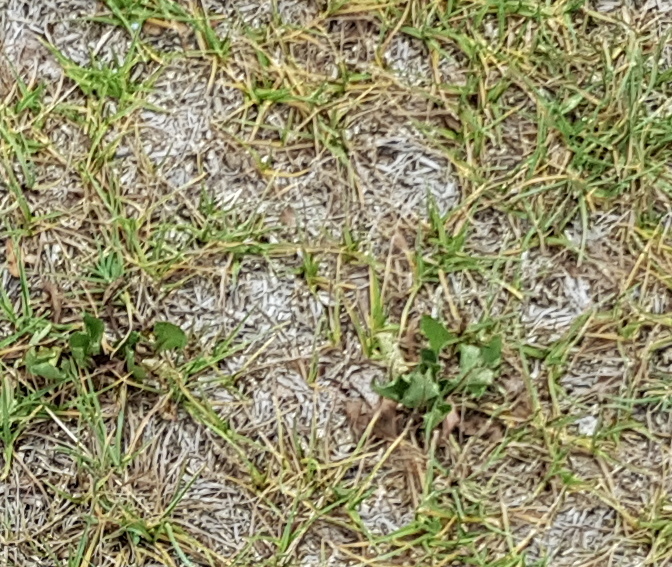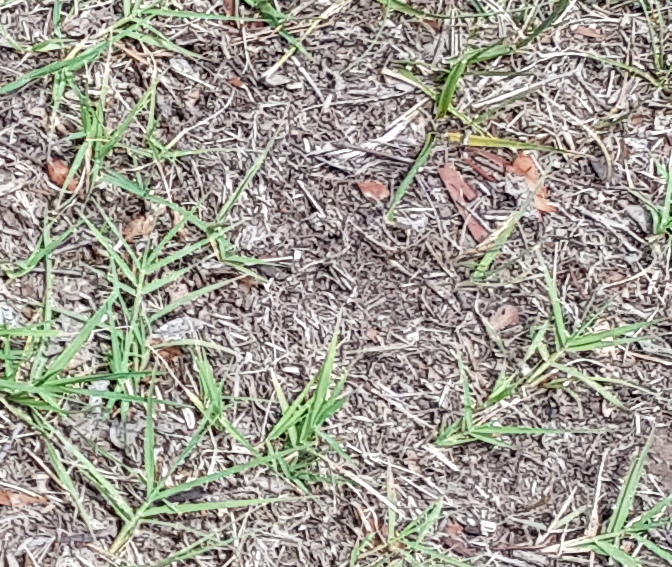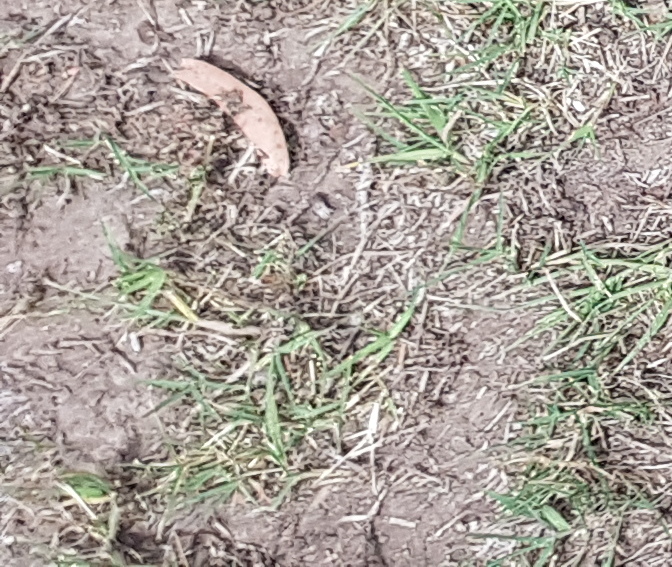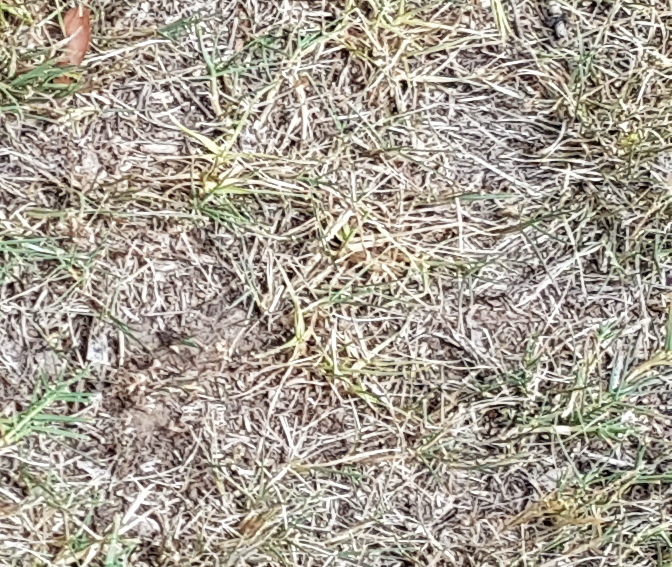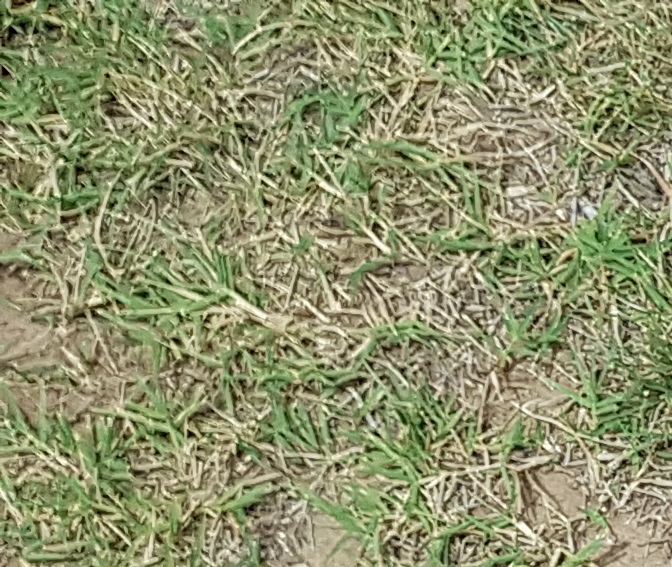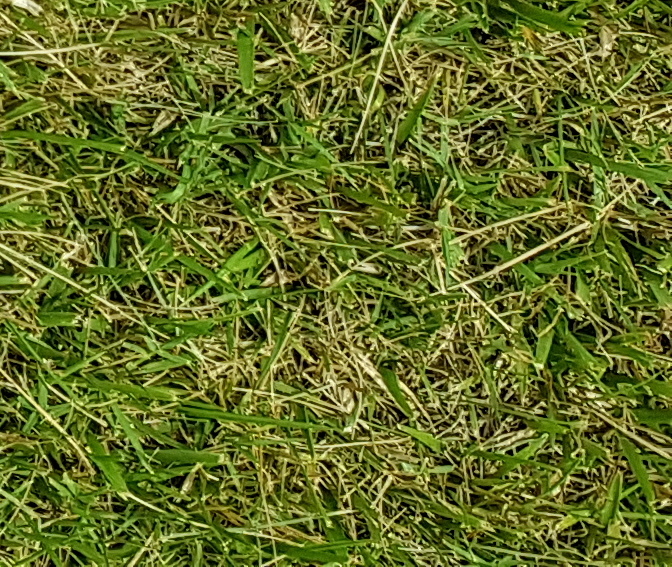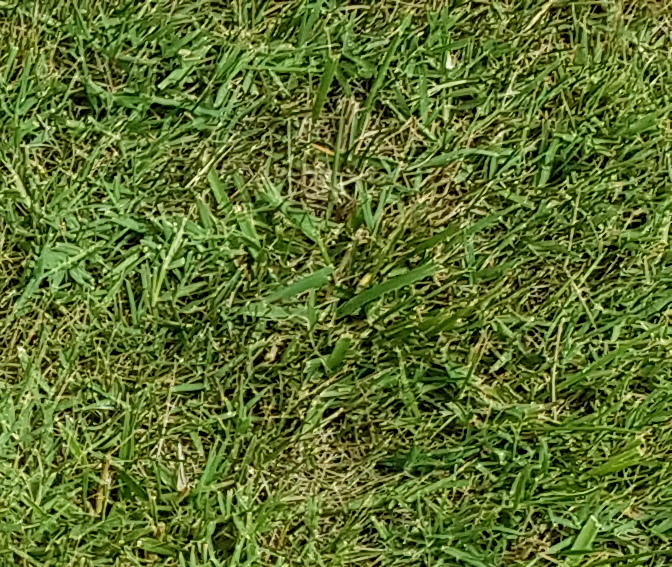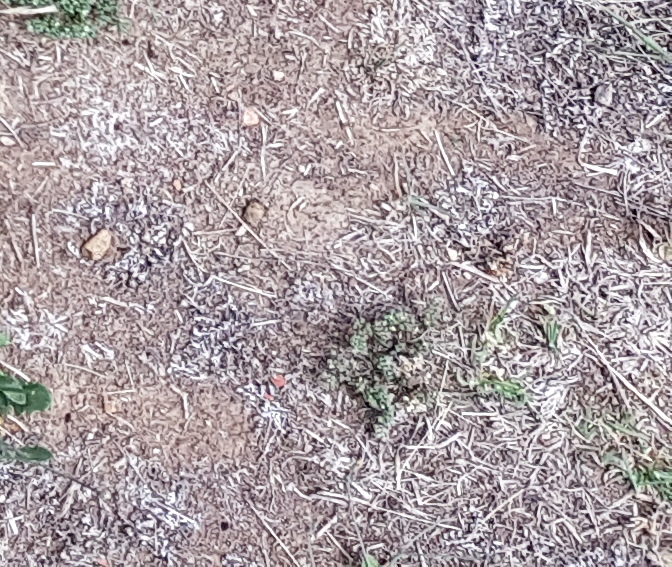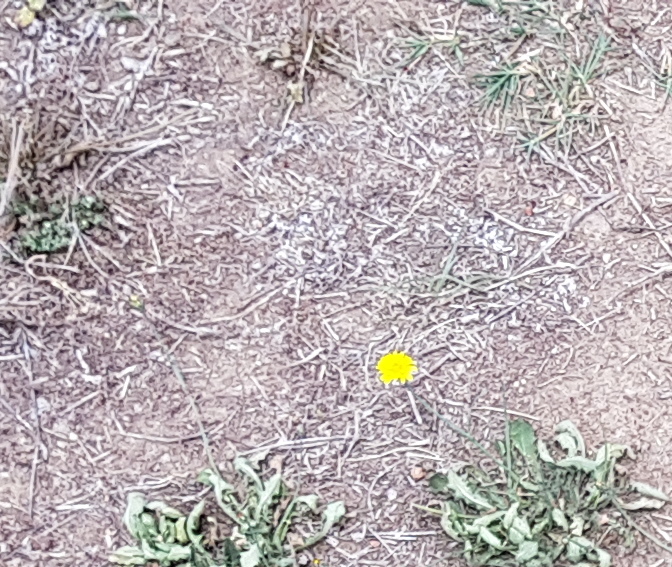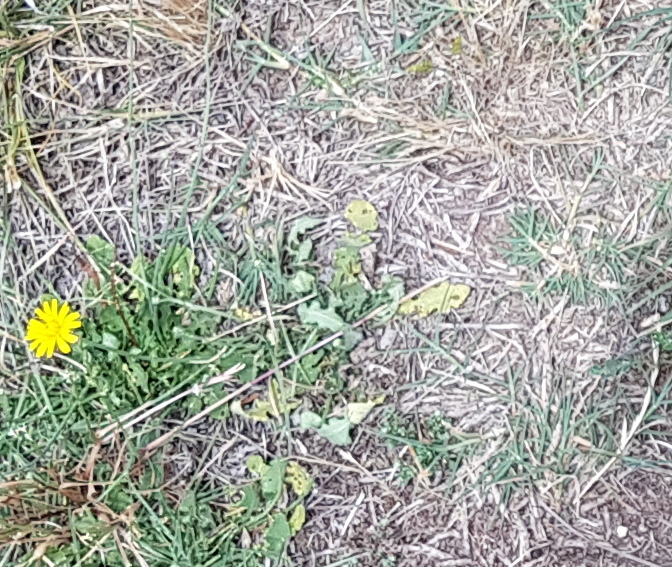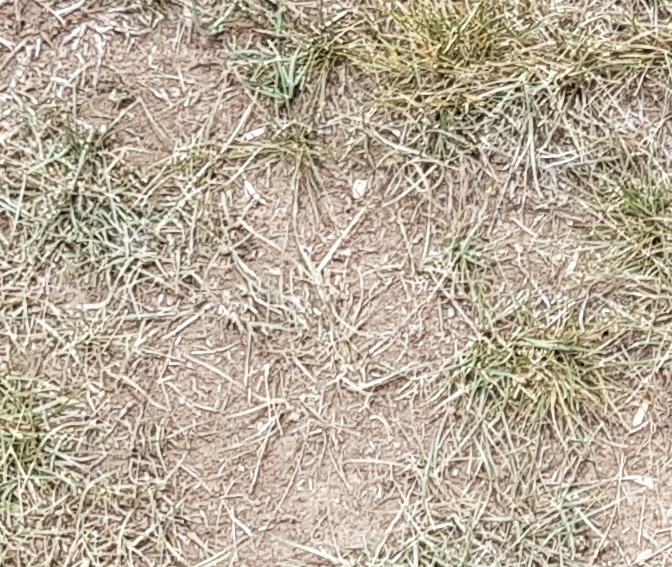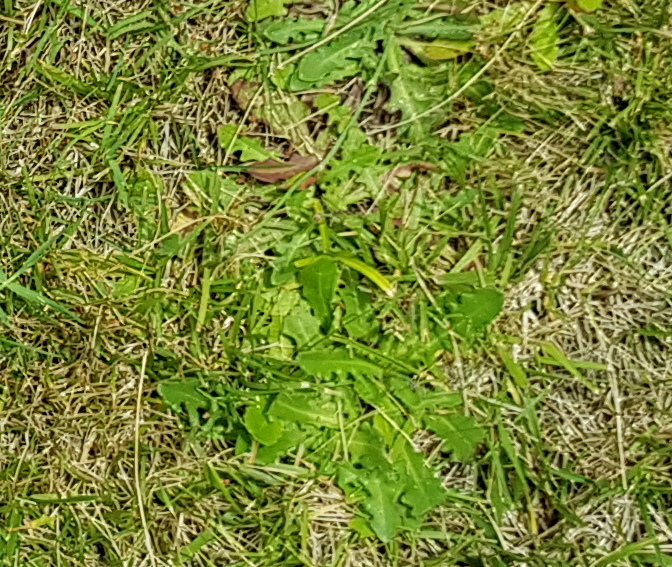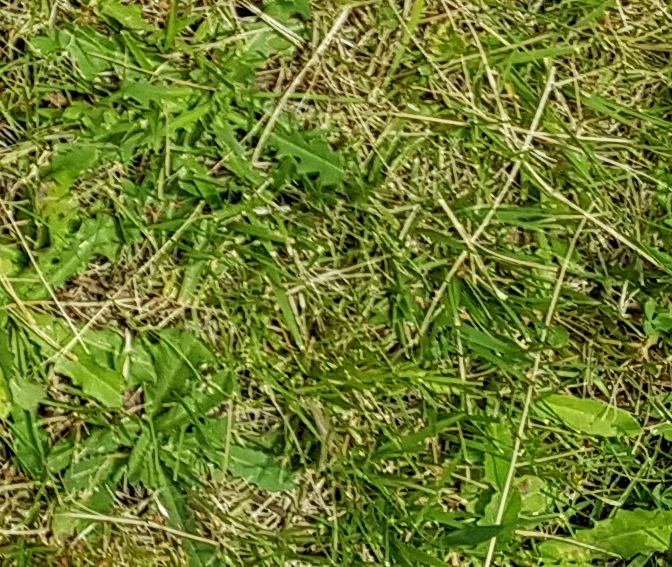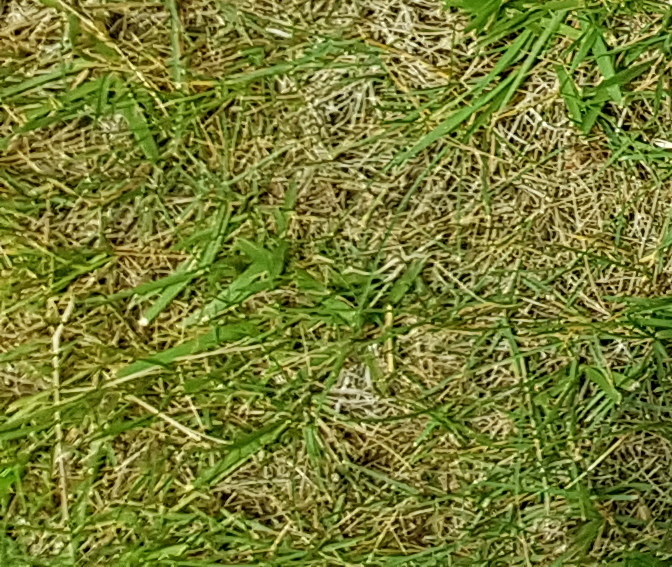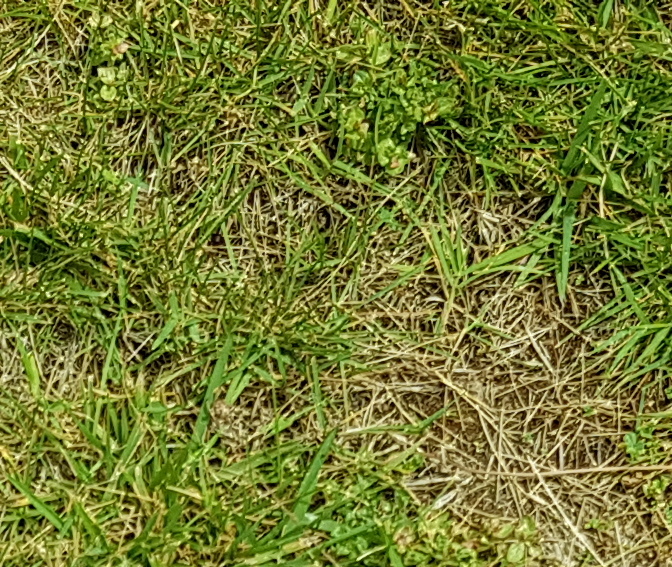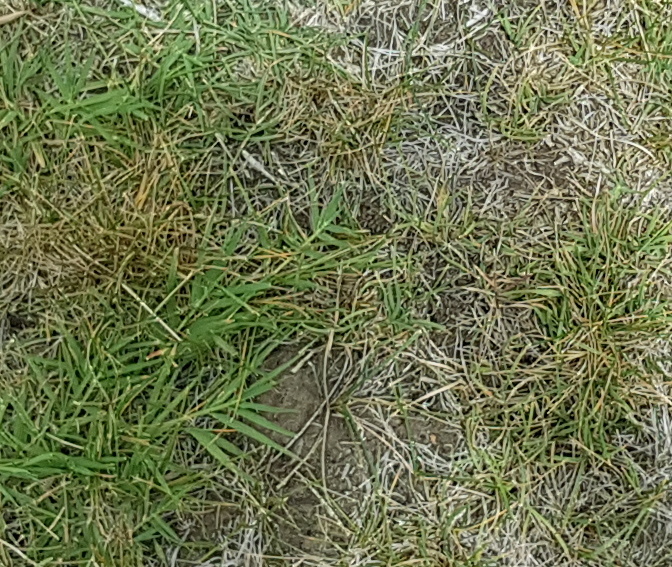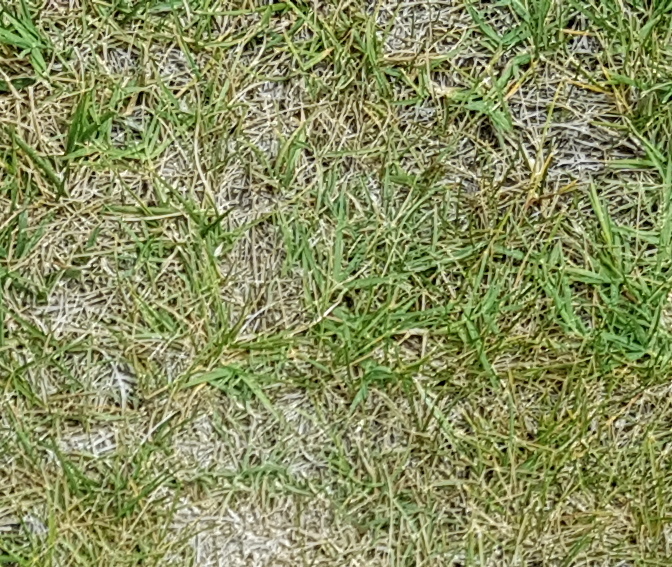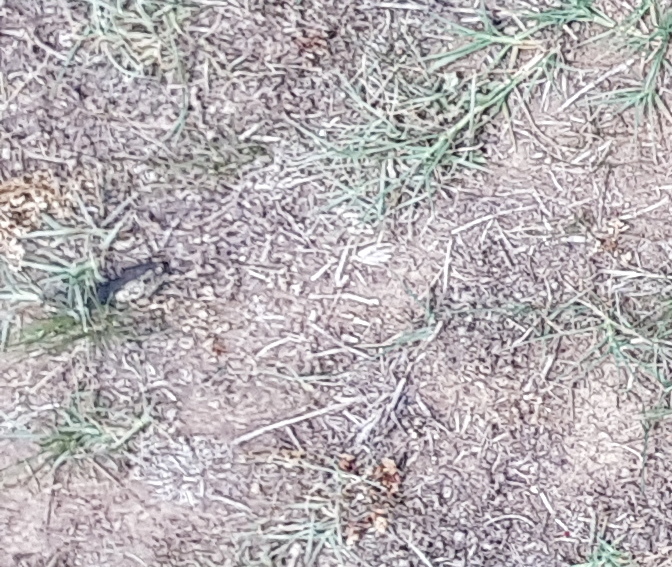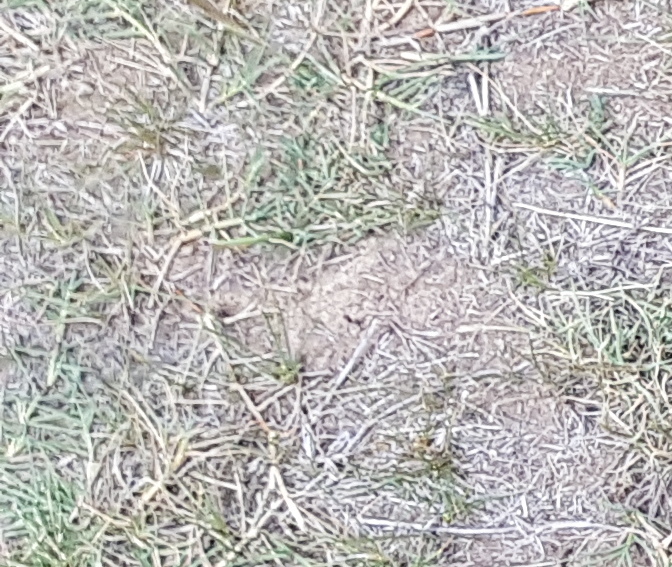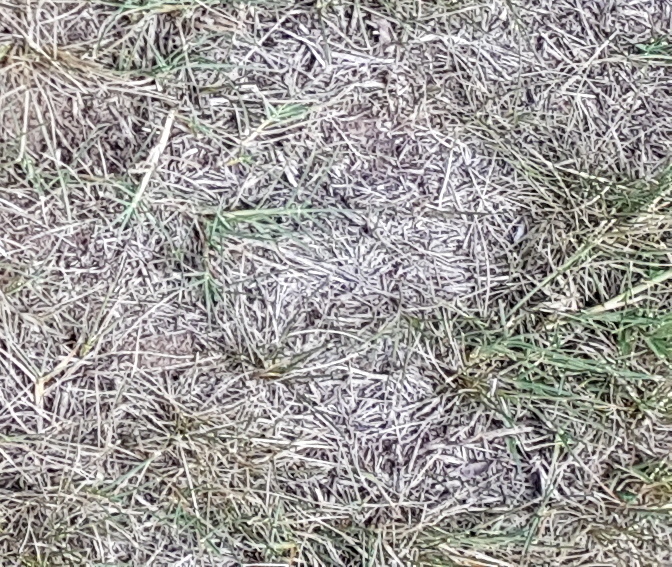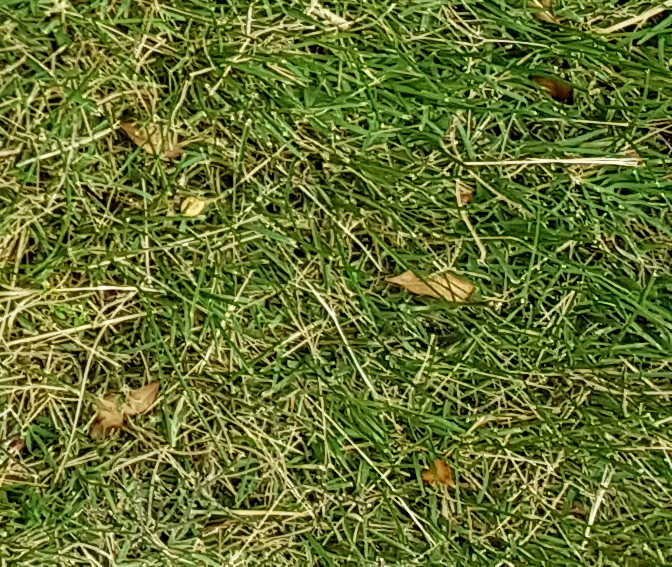Weed recognition results
Finding the weeds in the photos with a neural-net classifier (NNC).
The task
- 273 pictures were taken of grass with a mobile phone camera. Some of these contain just grass. Some contained weeds and grass. Some contained just weeds. Some even contained part of my gum-boots.
- The images were each cut into 6x4=24 tiles, producing 6552 images (which are here for the interested masochist).
- All of these were classified by a human into one of three categories:
-
grassContains only grass - no weeds -
weedsContains weeds which could be sprayed in the centre -
rejectContains weeds, but the picture doesn't contain the centres, and hence may confuse the NNC.
-
- The
grassandweedsphotos were placed in so-named directories, with a small number taken aside to be test images. - The trainer was run for the
{ weeds, grass }set, and the results from the test images are shown below.
Human classification
Classifying 6552 images manually wasn't nearly as gruesome as expected. Anyone who has done any serious spot-spraying or weeding has already programmed their wet-ware neurons to be triggered by the sight of weeds. (Spend an entire afternoon digging out weeds, and you will see them in your dreams, I guarantee. This is your brain hard-wiring your lizard-brain as a weed trigger). A very quick glance at an image is generally enough to allow a '1' (kill!) or '0' (ignore!) to be typed in by your pre-programmed lizard brain. (I even managed to binge-watch Netflix's 'The Final Kingdom' at the same time, though I did kind of lose track of why Æthelred's evil adviser suddenly changes sides, and alerts Æthelflæd that her hubby is trying to kill her, but that was a small price to pay. For me that it is, not for Æthelred).
.. anyway, the point is that human classification is not actually that onerous. They say the average human only uses 10% of their brain, and in this case that's certainly not an overstatement. Human classification is quite feasible even with medium sized data sets. Just find something else to do at the same time.
Classification of the resultant tiles
These are images, pulled out of the original training set before training was done, then classified by the NNC.
Discussion
A few points
-
The real test of 'does this work?' is the equivalent of 'would I actually be prepared to put herbicide on all the positive matches?'. Any of these photos with a 'weeds' probability of more than 90% probably qualifies. Success.
There are a few odd results - weeds are opportunists, and grow less well in healthy thick grass, so the training photos containing only very thin vegetation are more likely to contain weeds, so the classifier is likely to be skewed this way.
Some of the weeds in these photos are clearly water-stressed, making the classifier's job harder (ie it has to recognise both healthy and water-stressed weeds). This is actually a good thing to do to .
Because weeds are non-oriented, I could have improved the training by distorting, flipping and rotating the images.
Leave a comment
Think I might have solved your problem? Ninety-nine problems, but your robot ain't one? Say so ..

